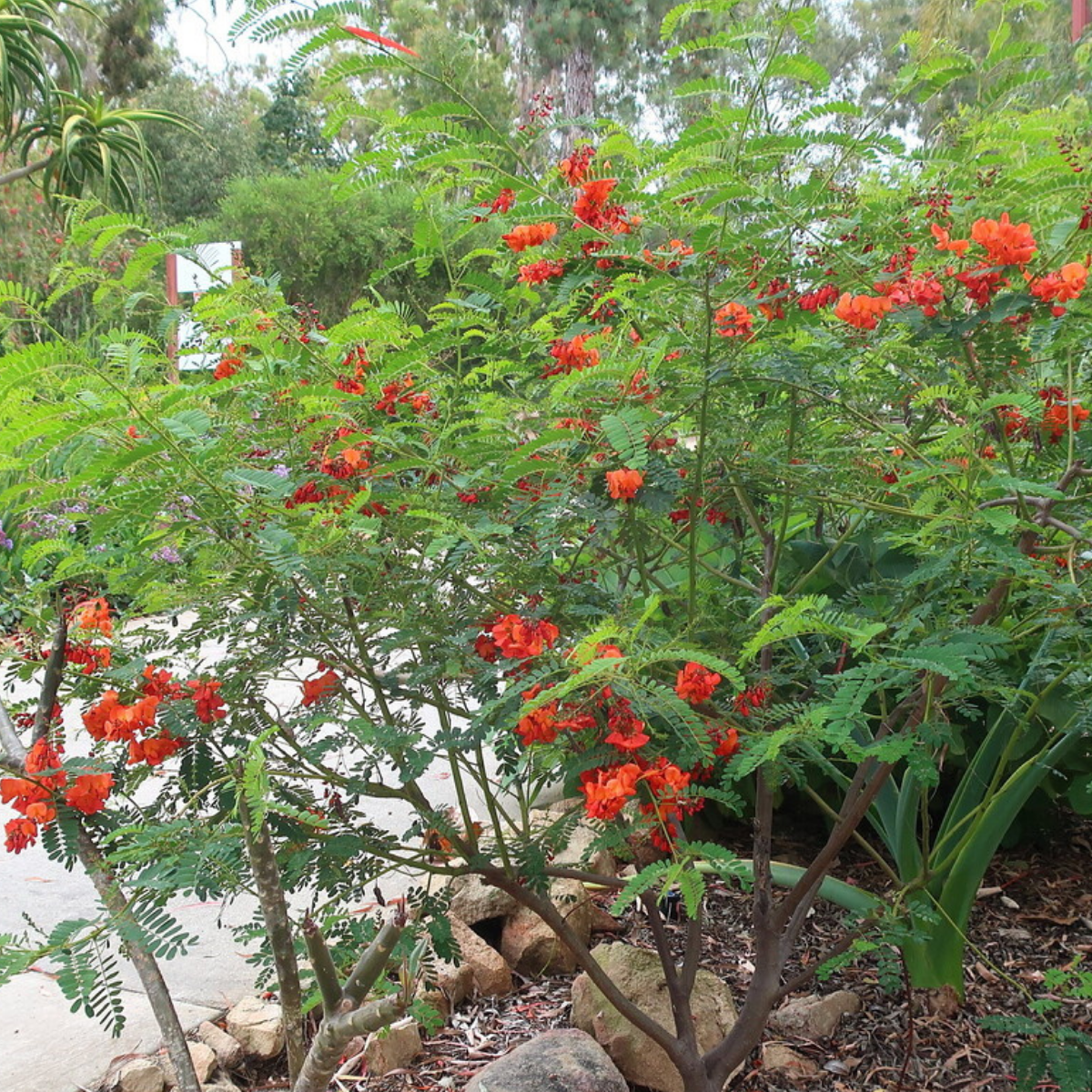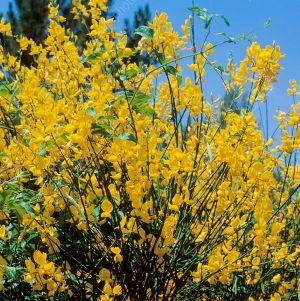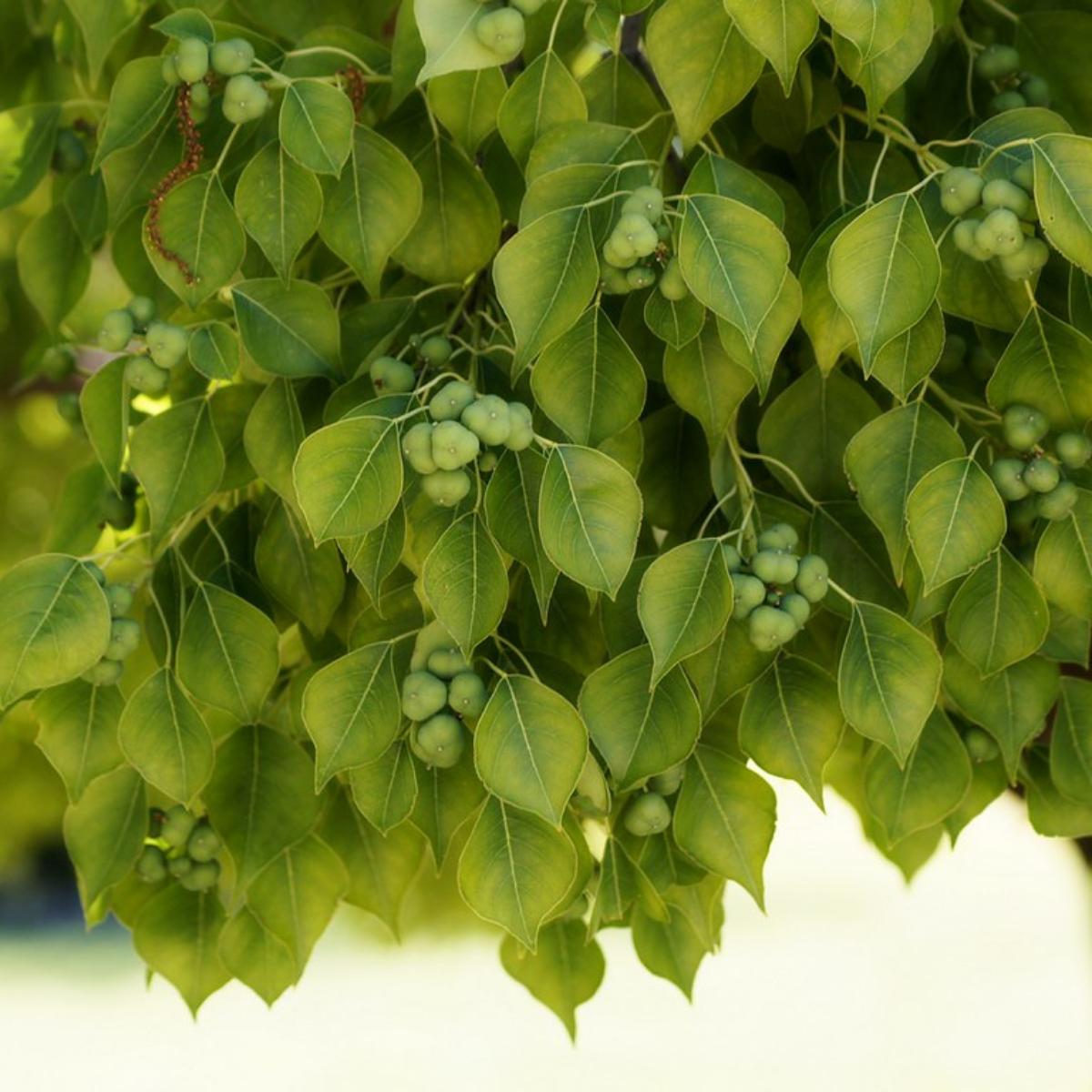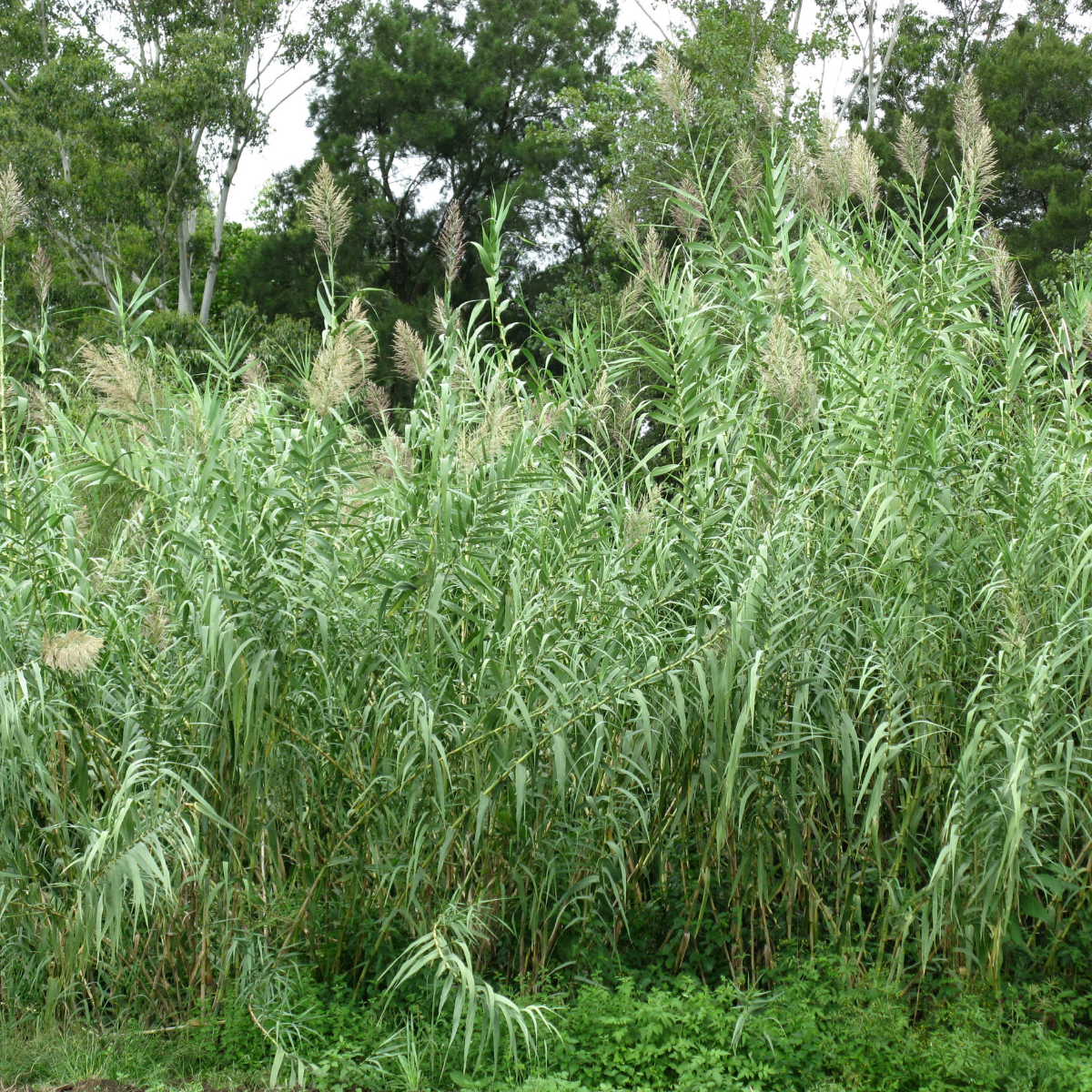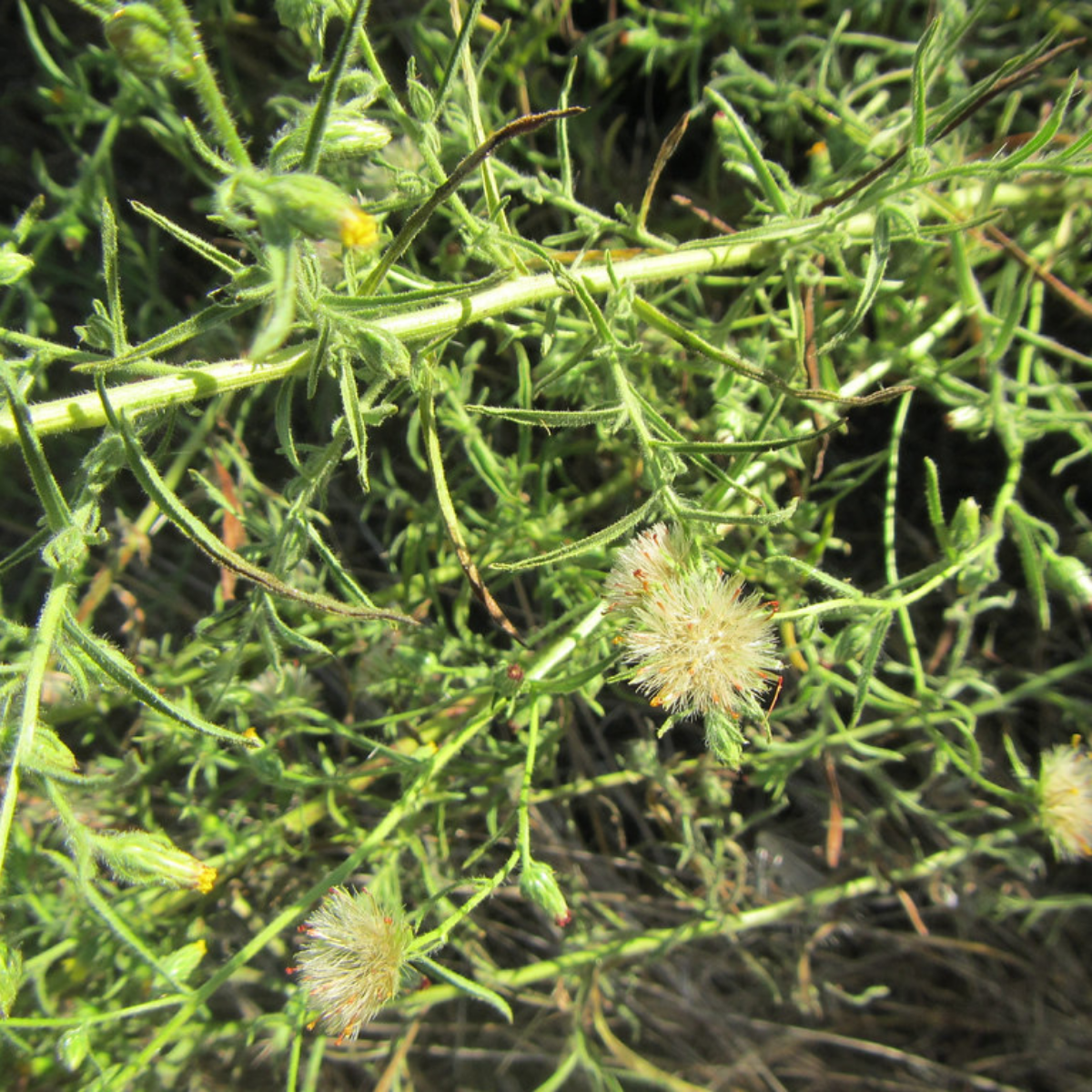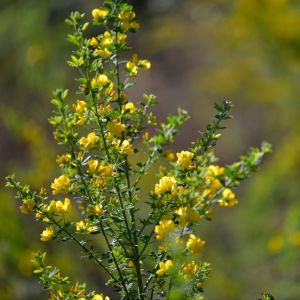Invasive Plant Management Program
For the past 20 years, we have managed the invasive plant program on behalf of Sacramento County Regional Parks. Our efforts have been focused on the plants that live along the waters edge and since 2024 have begun working on the most intrusive plant, Yellow Star thistle.
What is an invasive plant and as a Parkway user why should I care?
By removing bad plants, the good natives can flourish. Think about your own garden, you plant flowers and then weeds occur- if you do not control the weeds then your flowers die. Same concept with invasive plants.
- Increase soil erosion and can cause major damage to streams and other wetland areas that provide habitat for native fish, plants, and animals.
- Increase the frequency and risk of wildfires.
- Decrease biodiversity.
- Put endangered and threatened species at further risk. In fact, invasive species are the second leading cause of animal population decline and extinction worldwide.
- Displace native plants that wildlife and fish depend on for food.
- Decrease flood conveyance, increasing flood risk to surrounding areas.
How can you get involved?
Join the Invasive Plant Patrol! Our Invasive Plant Patrol volunteers work throughout the Parkway to identify and remove invasive plants and help conserve rare riparian zones. Volunteers adopt a section of the river and pull the bad plants. All of our volunteers then track the number of plants and location on a shared map Volunteers can adopt an area in need or act as a roving member helping out at different events. Contact volunteer@arpf.org for more information or to get involved.
